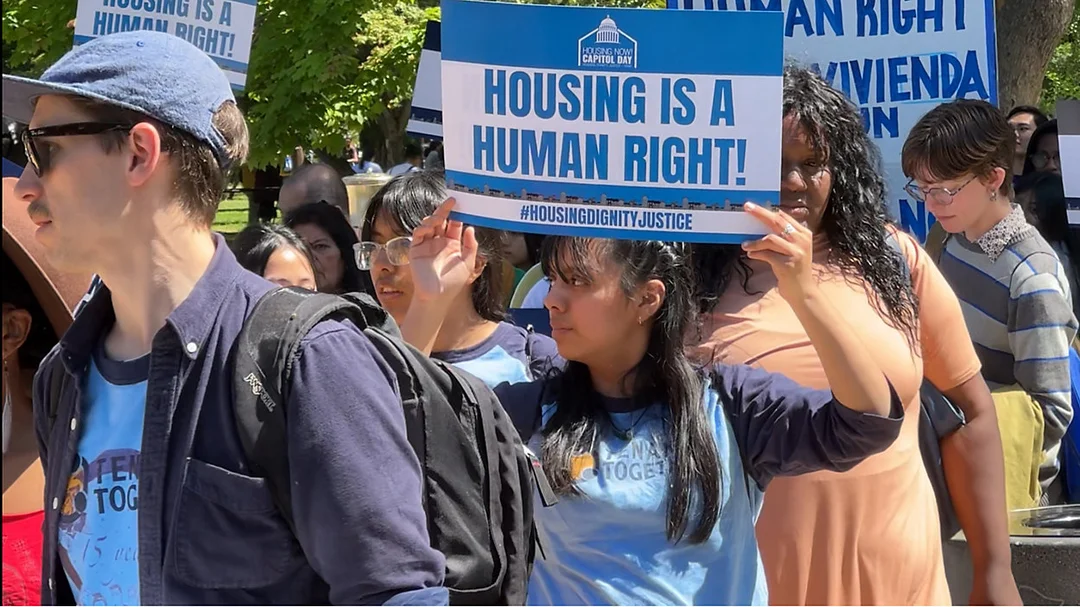
Can California Freeze Its Way to Affordable Living?
In the Golden State, where soaring housing costs have long overshadowed dreams of homeownership, lawmakers are exploring bold moves to ease the financial burden on residents. As California grapples with a housing crisis that affects millions, new bills aim to simplify construction and protect renters. This debate isn't just about bricks and mortar—it's about redefining affordability in a state where the cost of living often outpaces wages.
At the heart of the discussion is Assembly Bill 306, which proposes freezing California's building standards through at least 2031. Currently, these standards dictate everything from earthquake safety to energy efficiency, making them some of the strictest in the nation. Proponents argue that constant updates drive up costs, adding thousands to new home prices. Assemblymember Nick Schultz, a Democrat from Burbank, calls the freeze a pragmatic pause, especially for communities rebuilding after fires. "There's nothing extreme about leaving the code as it is for a few years," Schultz said, emphasizing the need to prioritize affordability amid ongoing recovery efforts.

Opponents, including environmental groups like Save the Bay, warn that such a freeze could hinder progress on climate resilience. Laura Walsh, a policy manager, stressed the need for adaptable standards amid unpredictable climate changes: "We’ll get to a place in the trend where things get worse really fast." This tension underscores a broader shift in California politics, where deregulation targets not just zoning but the intricate building code itself. Developers, represented by the California Building Industry Association, claim recent updates have inflated costs by up to $117,000 per single-family home, largely due to features like mandatory sprinklers.
Parallel efforts focus on renters, who make up 44% of California households—higher than the national average. Bills like one extending the eviction grace period from three to 12 days and another banning AI-driven rent pricing algorithms aim to provide relief. State Senator Sasha Perez highlighted the issue: "These automatic rent increases and AI technology allow landlords to collude." Yet, critics from the California Apartment Association argue that measures like a proposed 5% rent cap could deter new construction, potentially worsening the shortage.
Comparing these proposals, it's clear that while freezing building codes might cut immediate costs, it risks sidelining essential safety and environmental advancements. Personal stories, like that of Pinky Tony, a disabled section 8 tenant, add a human layer: "I struggle with rent increases every year, and I've seen people evicted and left homeless." This reflects a statewide reality where 1 million households are behind on rent, per Census Bureau data. As lawmakers balance economic relief with long-term sustainability, the real question is whether these tweaks will truly make housing accessible or merely delay deeper reforms.
In summary, California's push for affordability through regulatory pauses and renter protections could mark a turning point in addressing the housing crisis. But at what cost to safety and innovation? As these bills move forward, their success hinges on careful implementation. What do you think—will these changes help or hinder? Share your views in the comments and let's discuss how California can build a better future for all.